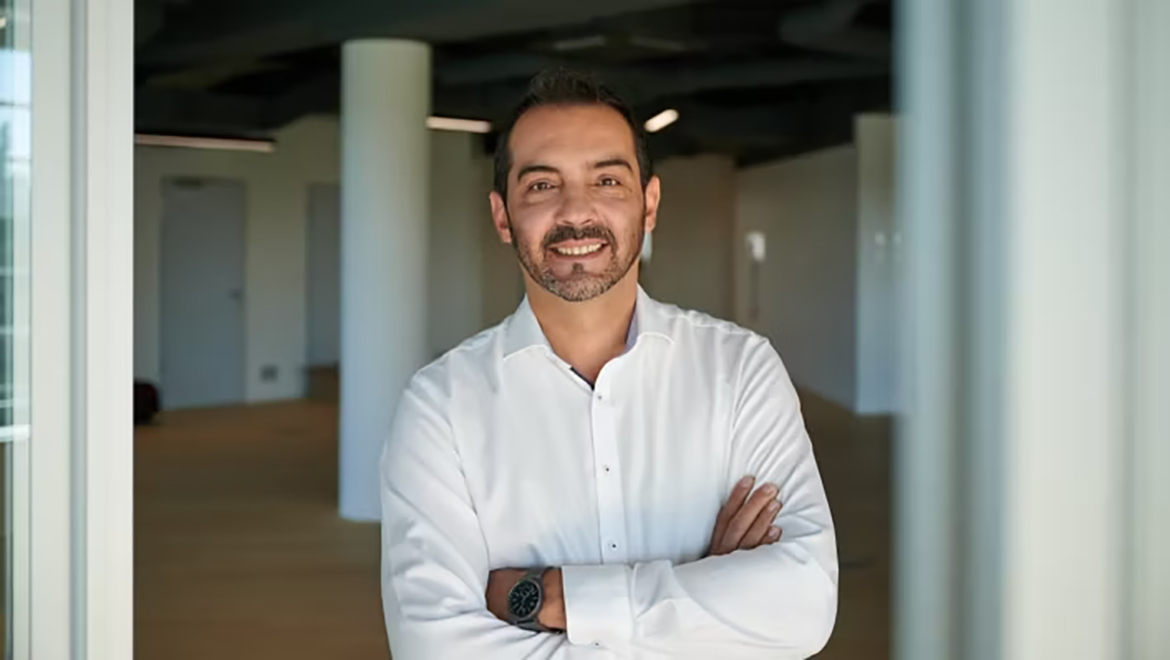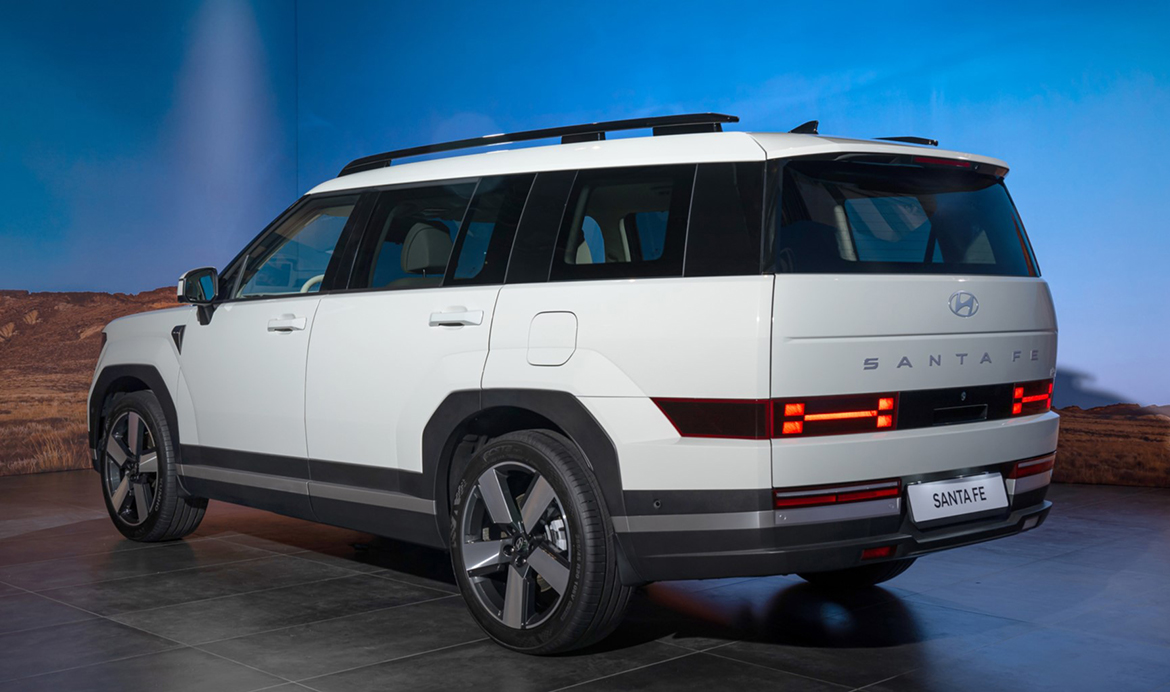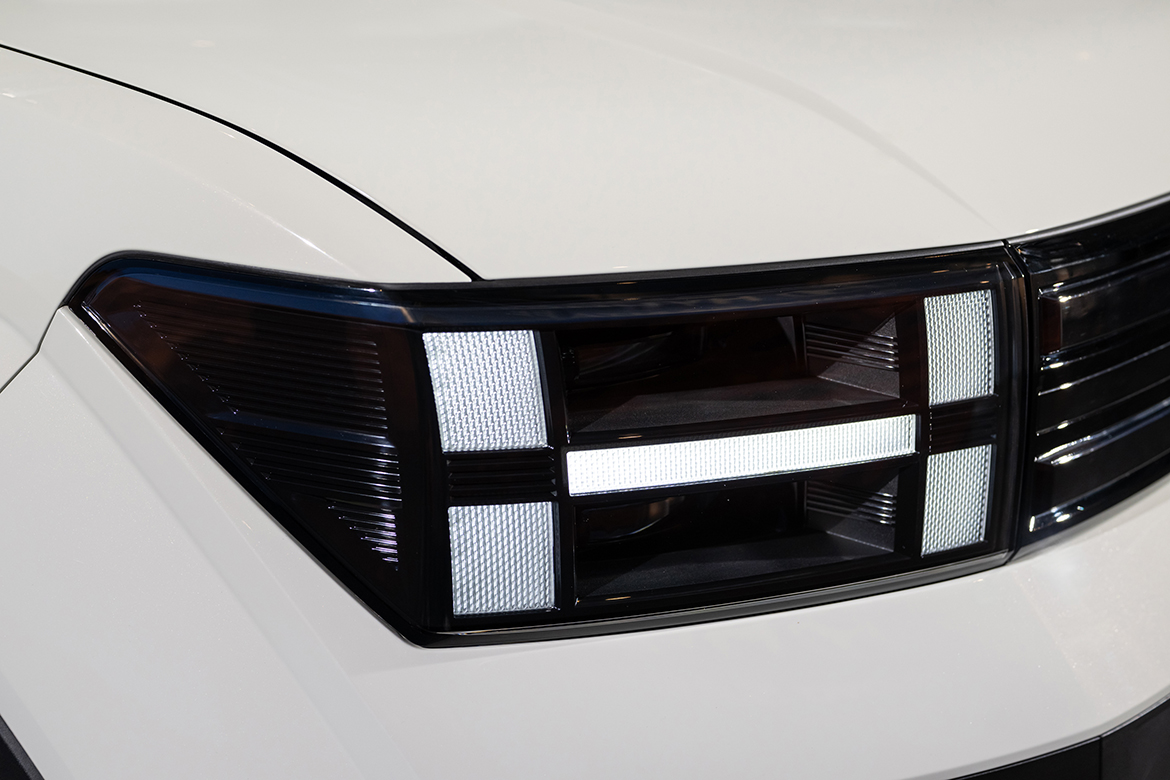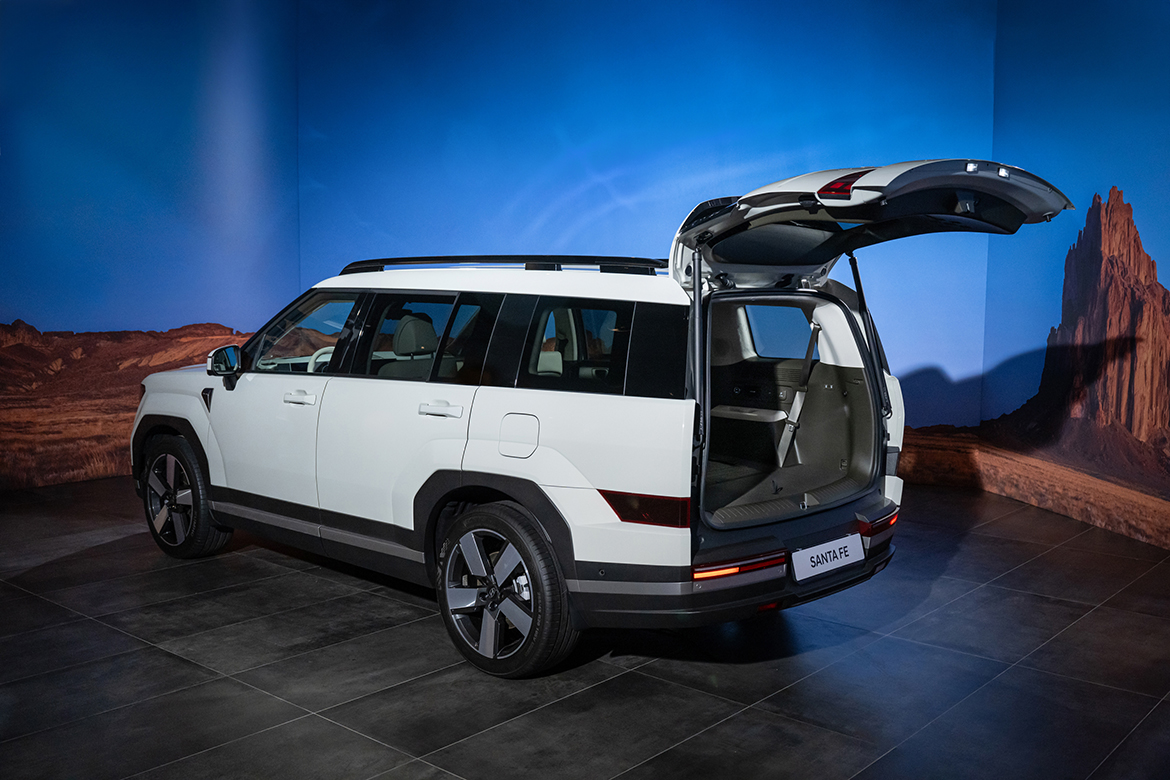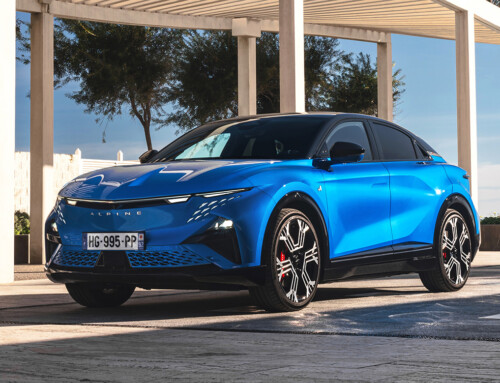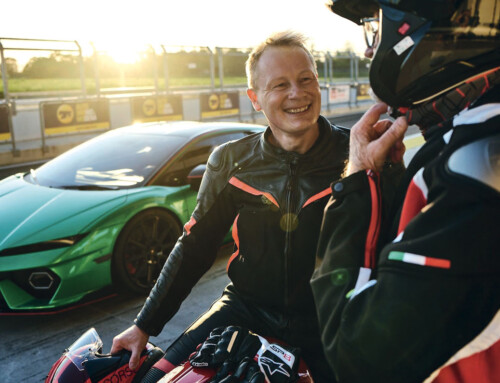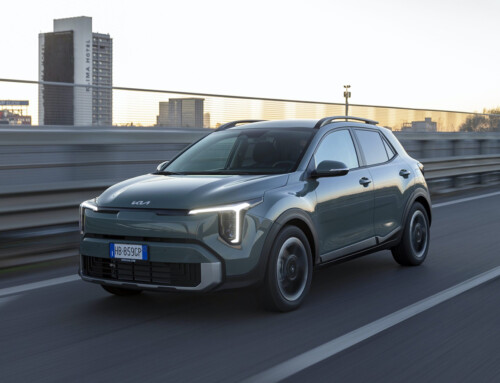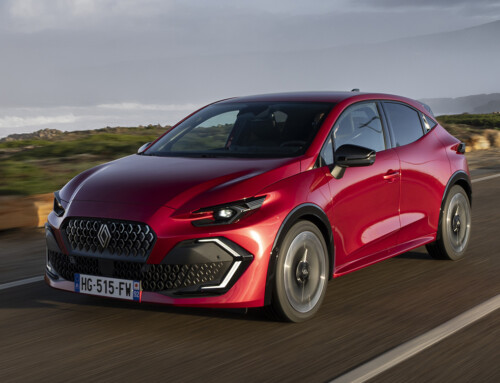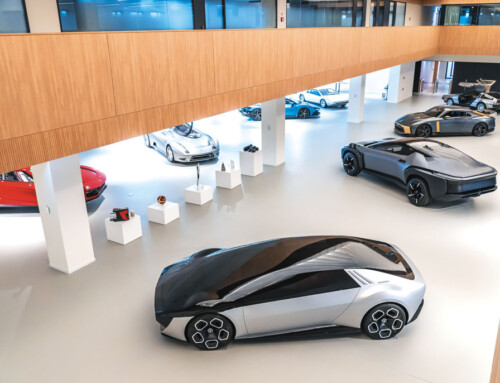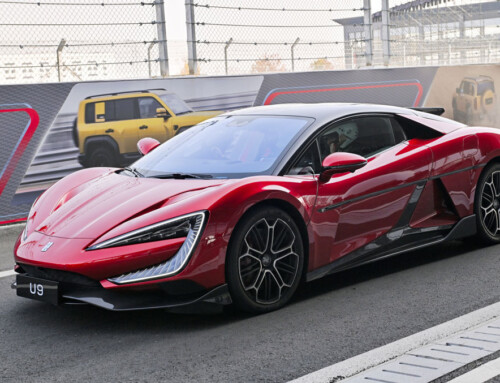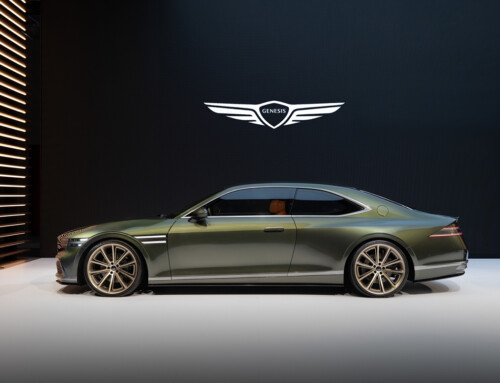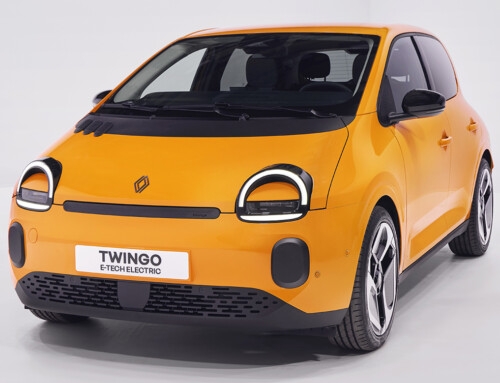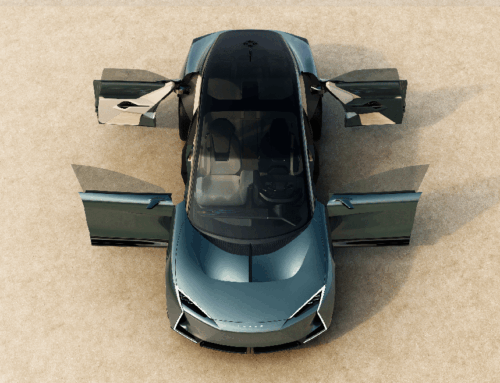The Hyundai Santa Fe once again confirms the Korean brand’s strategy in terms of design: eschewing the family feeling and creating each model with a look of its own according to the principle of chess pieces, with many references but few similarities, as Auto&Design told in the cover story of no. 263. We had the opportunity to return to this project in a conversation with Nicola Danza, Exterior Design Manager of Hyundai Motor Europe (he has been working at the Rüsselsheim design center since 2005), whom we met in Milan on the occasion of the Italian launch of the fifth-generation Santa Fe.
As with any new project, the initial phase involved Hyundai’s design centers on three continents: in addition to Europe, the Namyang headquarters in Korea and the one based in Irvine, California. A vehicle of that type is usually aimed above all at the American market, but the European team wanted to play what Danza calls a “wild card”, the proposal that you do not expect, which met with the favor of the Hyundai management so much so that it became the basis on which the new Santa Fe was then developed in Korea. “We said to ourselves: usually D-segment SUVs are sporty, with muscle, while in reality they have nothing sporty, why resort to the usual expedients such as the low roof, the sloping rear window? Ok the big wheels, but otherwise let’s be honest. And it had to be functional. In the 1990s there were off-road vehicles, which are now called SUVs, such as the Mitsubishi Pajero, or the Suzuki Jimny and Mercedes G-class, which still exist today.”
This partly explains the inspiration for the admittedly “boxy” shapes of the new Santa Fe. “We wanted to design a car with four lines, clean, almost a monolith with only the vault arches applied to the side, a shape that you immediately understand and remember, also using what we call ‘low-poly design language’, very simple polygons that intersect and create interesting volumes. Boxy and practical in fact does not mean easy, we have spent many hours in the development of the highlights, in the care of each section of the car to give a quality feeling despite being a functional object, also to create a unique image, different from the competition. We also focused a lot on customization: functionality immediately leads to the idea of a series of accessories.” An example of this is the Multi Lantern, a versatile flashlight that deserved the Red Dot Award in the “Product Design: Outdoor and Camping Equipment” section, an award also won by Santa Fe itself in the vehicle category.
It was also necessary to take into account the new trends: “For us, the project was born about three years ago, in a period still marked by Covid in which a trend has emerged, especially in Korea, which prefers the outdoors, glamping and a whole series of activities that see the car as the protagonist. An oriental trend that can also be found in America and begins to assert itself in Europe. On my travels in Korea, on the way from the airport to the city, I have seen more and more “campervan rental” signs appear. We then hypothesized various initial scenarios, one of which was Stay Wild: ample space to relax (we started from the inside) and an outdoor adventure spirit. By adventure we mean creating memories, what you have experienced and what remains with you.”
The interior, intended as a space to be inhabited, was therefore another major pillar of the project, interpreted in a style that Danza defines as “almost Bauhaus, with a large monolithic horizontal dashboard that follows an H-shaped architecture (reminiscent of Hyundai’s initial and is also echoed on the outside in all the headlights). In the center is this important tunnel with compartments organized underneath to use all the space in a functional way, while the seats are configurable and pull-out. Grandeur, breadth and presence are the expression of an internal status.”
Last but not least, because of its multifunctional aspects the design of this vehicle was a lot of fun for the designers, concludes Nicola Danza. “When it comes to design we often start with a dream, and the initial and final cars don’t always look alike. In the case of Santa Fe it was a very short step from dream to reality.”

